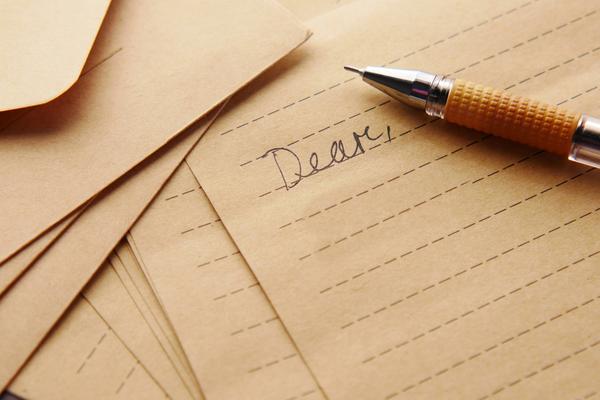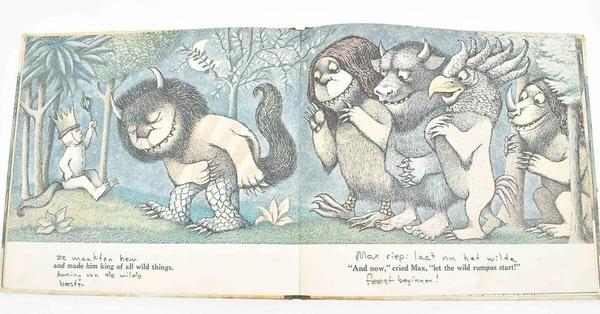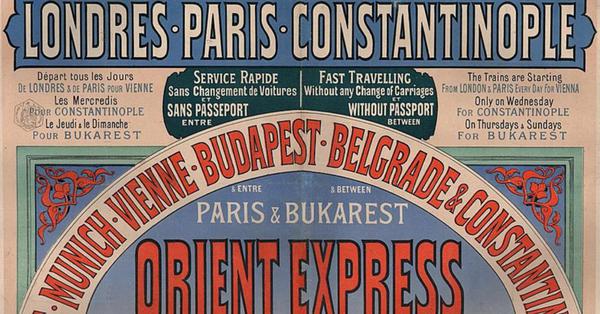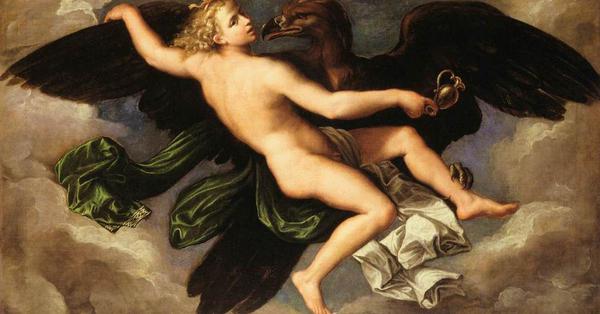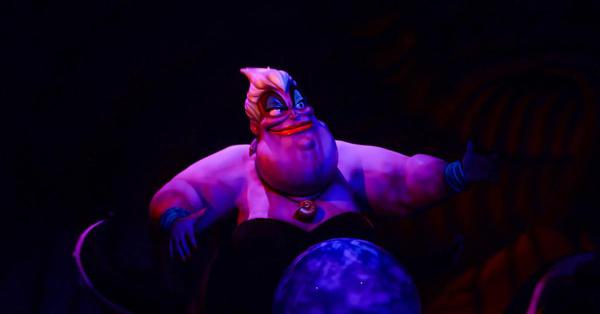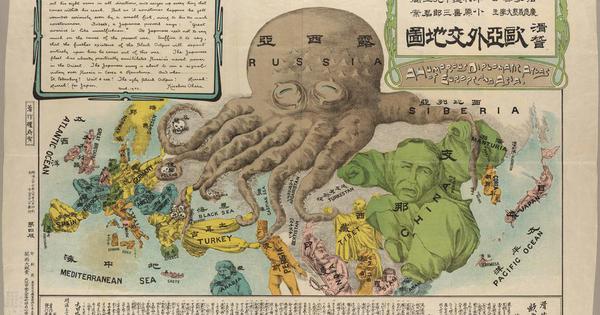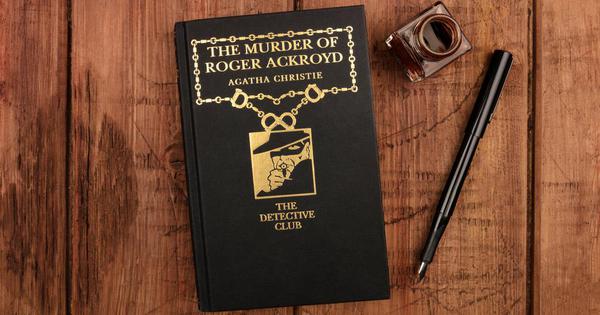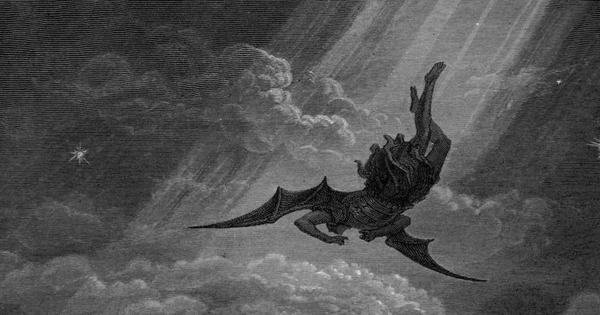Catawiki
•
16th October 2020
How Agatha Christie developed a penchant for poison
As the world’s best-selling fiction author alongside William Shakespeare, Agatha Christie’s reputation is legendary. Her seemingly impossible mysteries, far-flung destinations and enigmatic protagonists have enraptured bookworms everywhere. One of her most recurrent plot devices is her inspired use of poison, which features in over half of her works and has killed off around 30 of her characters. Lesser known, however, is the real-life experience behind Christie’s knowledge of poison, as book ex



